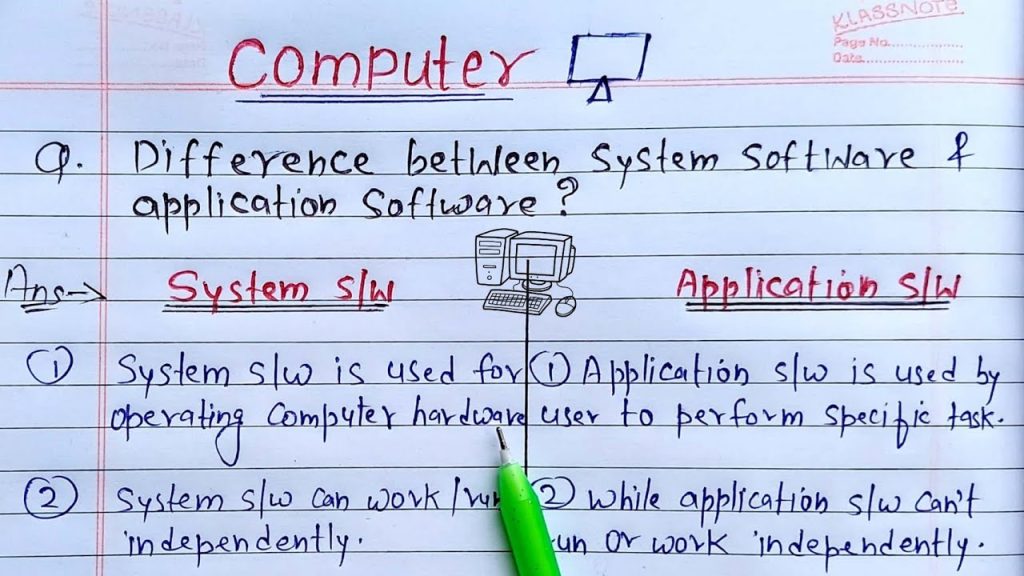
Are apps and software the same thing? This crucial question often perplexes newcomers to the digital world. While often used interchangeably, understanding the distinction is essential for navigating the tech landscape effectively. This comprehensive guide will unravel the differences between apps and software, from basic definitions to advanced development processes, helping you comprehend their diverse roles in the digital realm. The article will explore the characteristics that differentiate apps from software, examine their development processes, and showcase real-world examples to clarify the concepts. This exploration will cover various aspects from the core functions of apps to the technical intricacies involved in their creation.
Defining Apps and Software
Core Concepts
Apps and software, while seemingly similar, represent distinct categories in the digital realm. Software encompasses a broad spectrum of applications, serving various purposes from operating systems to sophisticated productivity tools. An app, conversely, is a more focused application, typically designed for a particular function or task and frequently accessed via a graphical user interface. Understanding this fundamental distinction is paramount for effective communication and collaboration in the technology sector. This distinction lies not just in user experience, but also in the complexity of their design and development. Examples include operating systems like Windows or macOS, productivity suites like Microsoft Office, or specialized tools for tasks like graphic design or financial analysis. The key differentiation revolves around the level of function and user interaction. An understanding of this fundamental concept forms the bedrock of this discussion.
Development Processes
Distinct Approaches
The development processes for apps and software diverge significantly. Software development often involves a more comprehensive process, encompassing a broader range of tasks. This includes meticulous planning, intricate design, careful coding, and rigorous testing. This multi-layered approach is crucial for ensuring the functionality and reliability of software applications. On the other hand, app development, while sharing some similarities, often emphasizes user experience (UX) and design aesthetics. It involves iterative processes focused on interaction design and user feedback to optimize the app’s usability and appeal. This distinction is vital to acknowledge when evaluating the complexity and scope of different software and applications.
Application vs Software: Key Differences
Distinguishing Factors
To clearly delineate the differences between apps and software, let’s examine key distinctions. Software, in its broadest sense, refers to the instructions that tell a computer what to do. It includes the foundational operating system that manages the computer’s resources, as well as the numerous applications and tools used by users. Apps, by contrast, are specialized software programs tailored to specific tasks or functions. They typically offer a more user-friendly interface and are designed for ease of access. One major difference resides in their intended use—software frequently handles complex tasks behind the scenes, while apps are focused on direct user interaction. A prime example of this distinction is a word processing program (software) versus a mobile banking application (app).
Real-World Examples
Practical Application
Consider the ubiquitous nature of mobile banking apps. These are prime examples of apps, designed for streamlined financial transactions. They integrate seamlessly with user accounts and offer instant access to financial information. In contrast, software like operating systems are foundational, dictating how all other applications function on a device. This distinction highlights the critical role of each in the modern digital landscape. The crucial aspect to remember is the tailored nature of apps—they are built around a specific need, whereas software provides the underlying structure.
The Impact of User Experience
UX Considerations
User experience (UX) plays a crucial role in shaping the effectiveness of both apps and software. Apps, particularly, heavily rely on intuitive interfaces and seamless user flows to ensure satisfaction and encourage engagement. This user-centric approach is often at the forefront of app design. Software, although often less directly user-facing, still requires thoughtful design to ensure its ease of use. This is reflected in the clean and logical structure of modern interfaces. User interaction is often secondary to operational efficiency. A balance between these two factors is paramount for successful development in both domains.
Frequently Asked Questions
Question 1: What is the fundamental difference between apps and software?
Answer: The fundamental distinction lies in scope and intended use. Software encompasses a broad range of instructions for computers, encompassing operating systems and myriad applications. Apps, conversely, are specialized software programs focused on specific tasks and often characterized by a user-friendly graphical interface for direct interaction. This difference in focus is crucial in understanding how they are utilized and developed.
Question 2: How does app development differ from software development?
Answer: App development emphasizes user experience and ease of use through a simplified, visual interface. It typically focuses on specific tasks and functions. Software development, however, often involves a more complex process that takes into account broader system architecture, compatibility with other programs, and rigorous testing to ensure robustness. This wider scope often leads to longer development cycles compared to apps.
In conclusion, while apps and software share overlapping functionalities, they are distinct categories. Software encompasses a broader range of applications, from operating systems to productivity tools. Apps, on the other hand, are typically more focused and designed for specific tasks, often accessed through a graphical user interface. Understanding the nuances between them is crucial for effective software and app development, as well as navigating the digital landscape. To delve deeper into this subject, explore various software and app development resources online and consider relevant courses to enhance your understanding of software development. These steps will enable you to discern the practical differences and develop a more profound comprehension of apps and software.